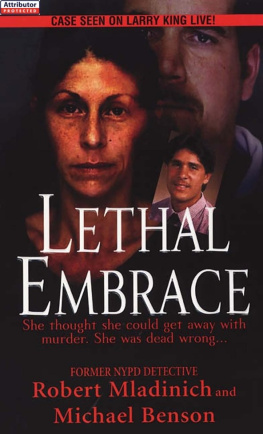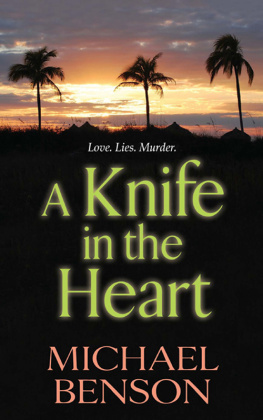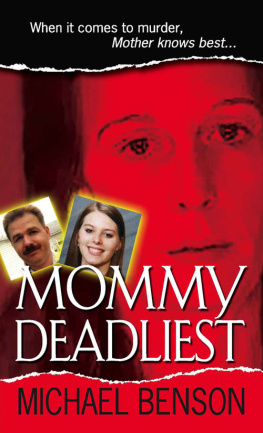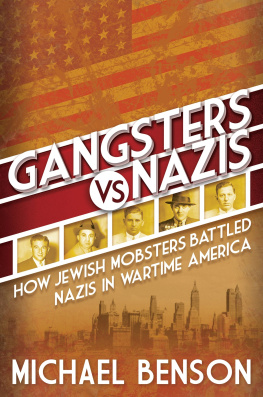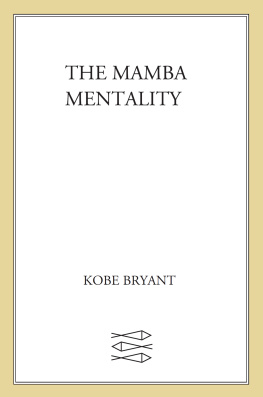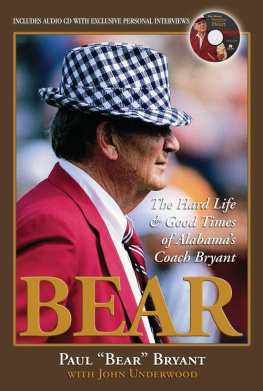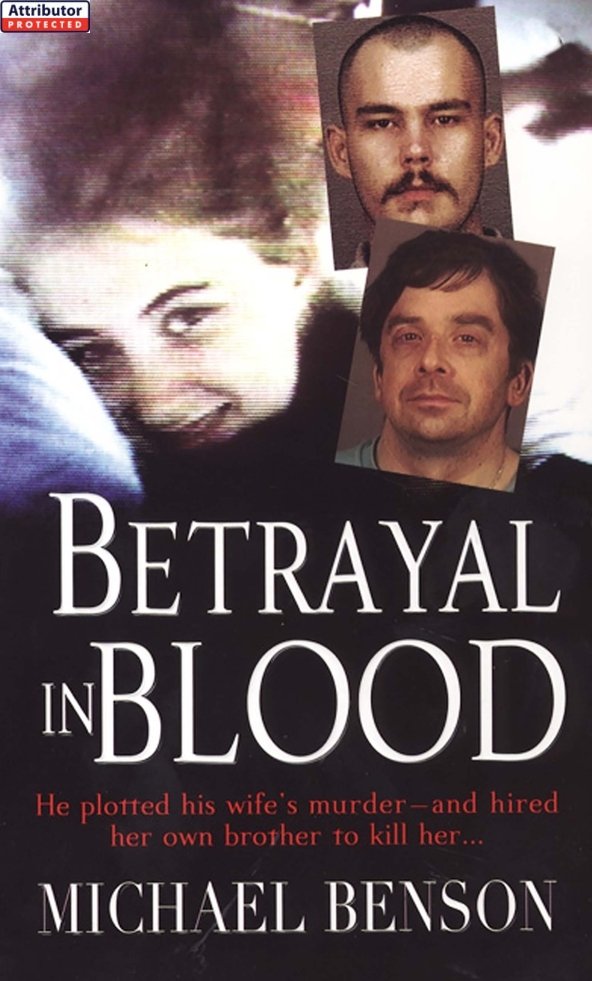Acknowledgments
The author wishes to acknowledge the cooperation and assistance of the following individuals and groups, without whom the writing of this book would have been impossible: my investigative associate Amy Cavalier, of the Messenger Post Newspapers, agent extraordinaire Jake Elwell, of Wieser and Elwell, my editor Gary Goldstein, the Honorable Patricia D. Marks, Monroe County district attorney Michael Green, court reporters Anthony DiMartino and Judy Ging, Essie Bassett, Leroy Bassett, Cleo and Ginny Winebrenner, Patty Winebrenner and Little One, Becky Hentges, Samantha Bassett (Tabathas sister), Tabathas uncle Terry J. Smith, minister to young adults and families in the Grove City (Ohio) Community of Christ, Michael Zeigler, crime reporter for the Rochester Democrat and Chronicle , Corporal John Helfer, public information officer at the Monroe County Sheriffs Office, attorney Charles Testa, Philip Semrau, and Tekla Benson and Bridget Agosta for their help with the photos.
Afterword
I became interested in crime in the mid-1960s when I was a kid and the teenage girl who lived two houses away was murdered, along with her friend who lived down the road a spell. I grew up in a rural section of Monroe County, south of Rochester, New York.
The girls were last seen on a hot June evening, the first Saturday of summer vacation, swimming in a creek near a trestle just beyond our back field. When the girls didnt come home, the assumption was that they had run away.
Not to be unkind, but these were not the two girls with the best reputations. When their bodies were found a month later, a mile or two down the road hidden in some bushes, victims of multiple stab wounds, the community was shocked, kids and their parents were terrified that the boogeyman had visited, but in the newspapers the story went away fairly quickly. It was assumed that the girls lifestyle was a contributing factor to their demise.
Both law enforcement and the neighborhood came to the conclusion that a local man had committed the crime. When that man died soon thereafter in a car accident, many felt justice had been served. Today, many of the people who reside in that neighborhood have no idea that the murders occurred.
I grew up to be a book writer. Among others, I wrote a book about the assassination of President Kennedy, and another about the history of baseball parks dating back to the Civil War. It got to be the 1990s and I thought about writing a book about the murders that shook my world thirty years before. They had changed my life and the lives of others around me. Before the girls disappeared, the back fields were crisscrossed with paths made by barefoot kids playing games, taking shortcuts, building forts, etc. After the murders those paths grew over as kids were forced to stay closer to home.
I quickly learned that it is very difficult to investigate a crime that is technically open, and it is even harder to publish a book about such a crime. The police wont give out information if a case is not solved, and publishers, with rare exceptions, do not like to publish books about crimes unless the culprits are caught, convicted, and behind bars.
With the help of a few retired sheriffs deputies who had worked the case, I learned enough to realize that the local man probably had not committed the crimes. The murders were not just a matter of overkillthey were the work of a killer who had stabbed the teenagers playfully, getting his kicks. The killings were ritualistic, fetishistic, and very individual in their MO. The killer had left, with his method, a so-called signature. I came to the conclusion that they had been the work of someone who killed for fun, probably a serial killer, who had committed other similar crimes.
Were the murders the result of satanic activity? For a time I thought there might be significance in the fact that the crime took place in June 1966, which numerically abbreviated would be 6/66Sign of the Beast.
I began to read every true crime I could get my hands on. I learned that Kenneth Bianchi, one of the Hillside Stranglers, had lived in the town of Gates at the time of the 6/66 murders. However, he was probably too young at the time, and was a better suspect for Rochesters Alphabet Murders, which occurred during the 1970s. I also learned that Bianchi and I had once attended the same school at the same time. He had been in fifth grade while I was in kindergarten at Holy Family School in the Dutchtown section of Rochester. I hadnt known him, and though the info gave me a quick chill, it didnt help my research.
After years of reading, I found my man, a convicted serial killer. At the time of the crimes near my house, he had been driving around upstate New York in a pickup truck looking for places to fish.
In his later crimes, he had abducted his victimssome children, some adultsnear fishing spots. Following his arrest, he had described committing a crime that greatly resembled the killing of the Monroe County teenagers during the 1960s, but he changed the time and location. In fact, those who had looked into the details of his scenario had come to the conclusion that it had never occurred. In some of his known crimes, the signature was identical to the one I was looking for.
I contacted the Monroe County Sheriffs Office regarding my suspicion. A team of interrogators was sent to the maximum-security prison where the man was spending the rest of his life. Confronted with questions regarding the murder of my neighbor and her friend, the killer neither confirmed nor denied his guilt. He clenched his fists and placed his chin on his chest. It was the same reaction, I was told, that the serial killer had whenever interrogators mentioned his mother. The question confronted the killers delusion that those crimes actually had occurred a year or so later in his life, during the savagery of jungle warfare.
That was as far as it went. These werent just cold casesthey were icy cold cases, more than thirty years old. Since there was no confession, and the man was already in prison for the rest of his life, there was no urgency to pursue the matter. The case remained every bit as open as it had been when I first started looking into it.
Publishers were no more interested than they had been before, but I was happy. I had, at least in my own mind, solved the mystery. But before I gave up the book deal, I had pestered many editors around New Yorks publishing community. Enough, apparently, to make an impression. Rochester. Murder. Michael Benson. When news of Tabatha Bryants murder made the New York papers, I got a phone call.
Although both involved knifework, Tabathas murder was dissimilar to the murders that had haunted me as a child. The 6/66 Murders (as my book also would have been called, had it been written) were cold-blooded, the result of an indifferent pervert at play. Tabbys killing was domestic, a crime of passion. It is doubtful that Kevin, Cyril, and Cassidy found anything about Tabathas murder fun.
The lone similarity was the attempt by some to relate the victims reputation to her fate. And now, as then, Im having none of it. Tabatha Bryant may not have been a perfect wife, butas she slept or otherwise lay helpless on the living-room fold-out couch at 2 Pennicott Circleshe, all ninety-nine pounds of her, presented no immediate threat to the well-being of her killers.
She no more deserved what she got than she would have if her reputation were as pure as the driven snow, which, during the long winters, blows so plentifully across Penfield golf courses.


